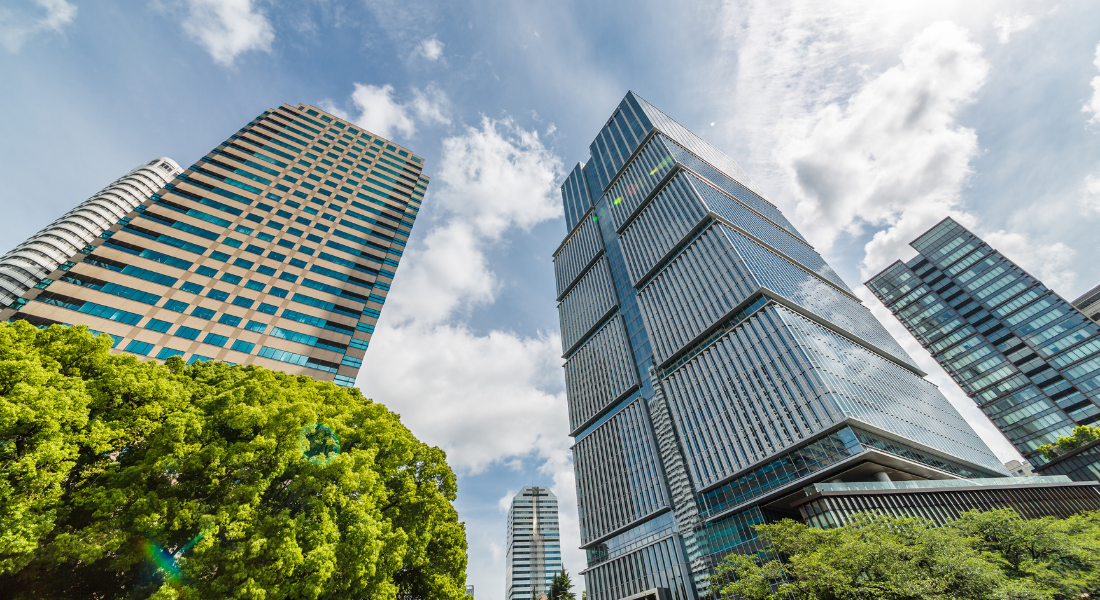This SAVi what-if simulation forecasts the economic and environmental benefits of investing in energy efficiency and flood resilience within Canada’s building sector. The forecasts point to substantial net benefits, demonstrating this to be a sustainable recovery strategy.
Investing in energy efficiency and flood resilience of buildings promises to be a very sustainable recovery strategy.
Investments into energy efficiency renovation in Canada will yield a 12-fold return by 2040 on every dollar spent; by the year 2060, this figure doubles again, to CAD 23.50 for every dollar spent. These investments will create new jobs in the building sector: 660,000 by 2025, more than 2.6 million by 2040 and almost 5.3 million by 2060. The retrofits will also reduce greenhouse gas emissions from the building stock amounting to more than 400 megatons of carbon emissions reduced by 2040 and more than 800 megatons by 2060. This translates into CAD 16.7 billion and CAD 33.5 billion, respectively, in avoided social costs of carbon.
Given the increasing frequency of extreme rainfall in times of climate change, flood-resilience improvements of at-risk homes in Canada is a worthwhile adaptation investment. The simulation results demonstrate that every Canadian dollar invested to improve the flood resilience of buildings will yield almost CAD 3.8 by 2040 and CAD 12.5 by 2060. These benefits result from avoided costs associated with property damage, health care spending, insurance claims, and lost work hours.
These forecasts provide predictability and certainty to Canadian policy-makers by demonstrating that investments which seem expensive today will bring longer-term economic prosperity and help curtail public spending even in the immediate term.
See the full report for detailed simulation results.
